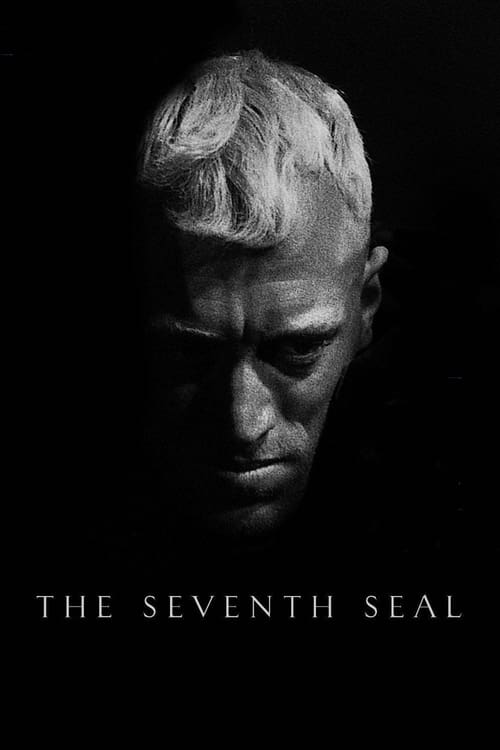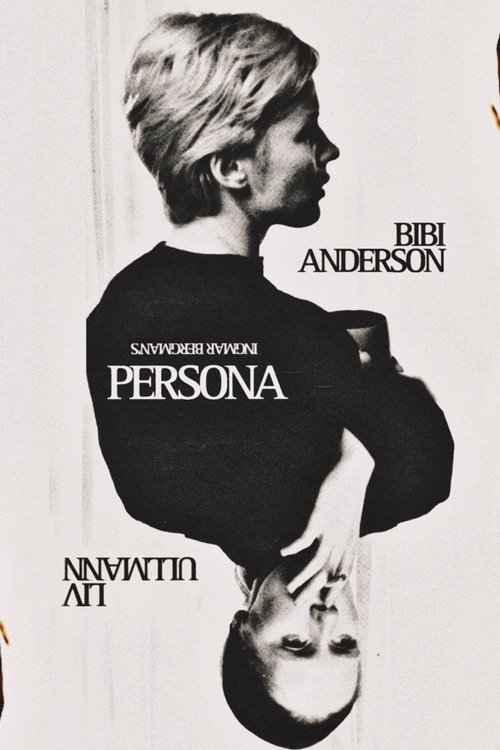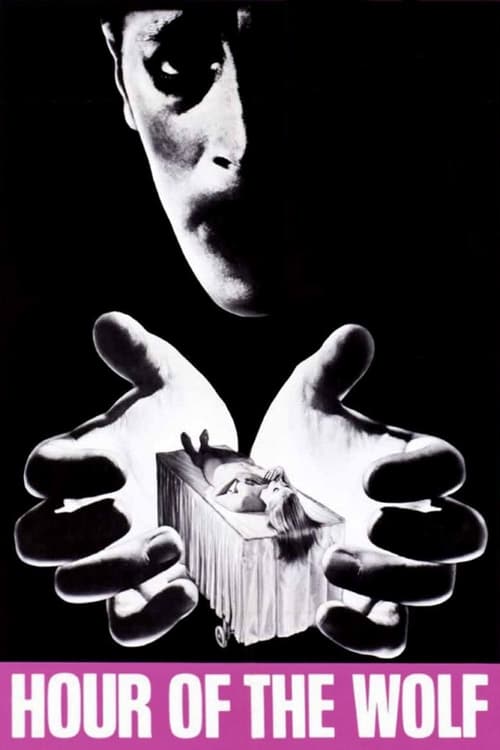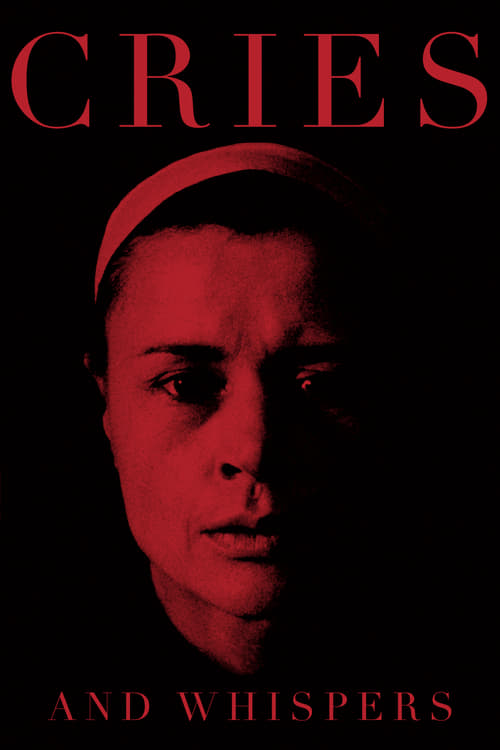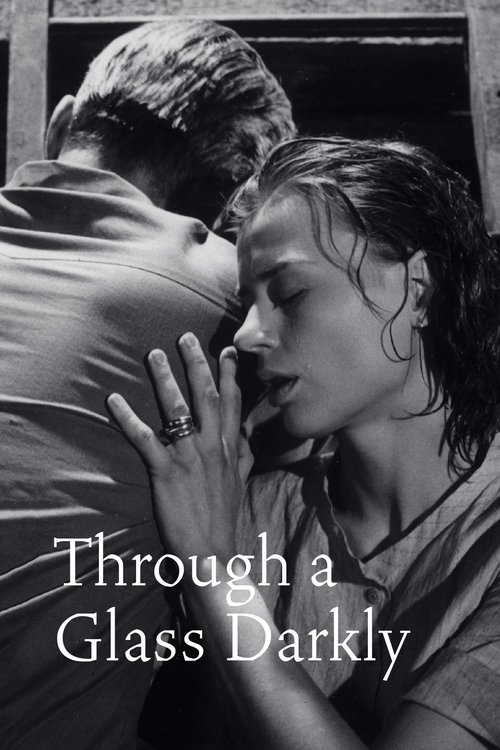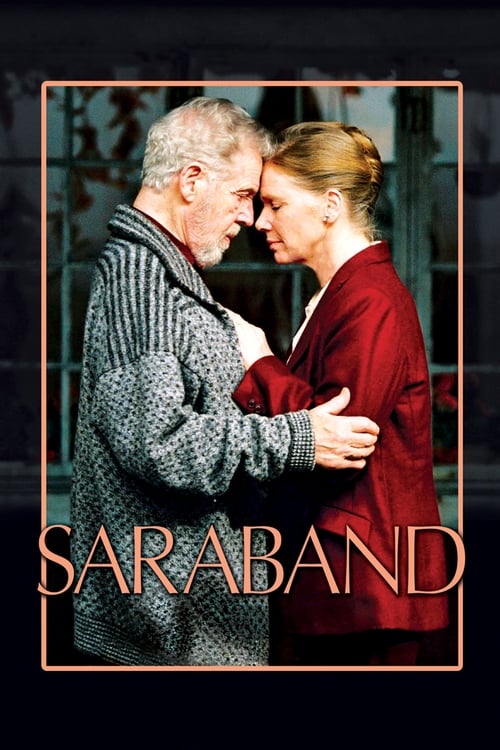Bergman's Psychological Landscapes
Swedish introspection
Ingmar Bergman's cinematic exploration of the human psyche transformed 20th-century film through its unflinching examination of faith, death, and the tortured landscapes of the mind.
Bergman's emergence in the 1950s marked a revolutionary shift in how cinema could probe psychological depths. His 1957 masterpiece "The Seventh Seal" established many of his signature themes - religious doubt, mortality, and existential crisis - against the backdrop of medieval Sweden. The film's iconic chess game between a knight and Death became one of cinema's most enduring metaphors for humanity's struggle with mortality. Bergman's collaboration with cinematographer Gunnar Fischer created stark black-and-white compositions that externalized internal struggles, while Max von Sydow's haunted performance as Knight Antonius Block set a new standard for expressing philosophical torment on screen.
By the 1960s, Bergman had refined his approach to create intensely focused psychological chamber dramas. "Persona" (1966) represents the apex of this period, with its revolutionary exploration of identity merger between a nurse and her mute patient. The film's famous prologue - a montage of stark, shocking images - broke conventional narrative rules while establishing cinema's potential for psychological exploration. Bergman's partnership with cinematographer Sven Nykvist reached new heights here, developing a visual language of extreme close-ups and stark lighting that would influence generations of filmmakers exploring psychological themes.
The 1970s saw Bergman turn his analytical eye toward family dynamics and marital relationships. "Scenes from a Marriage" (1973), originally made for Swedish television, demonstrated his mastery of intimate psychological observation through its brutal dissection of a failing marriage. The film's influence can be seen in contemporary works like Noah Baumbach's "Marriage Story." During this period, Bergman also continued his exploration of religious themes, with "Cries and Whispers" (1972) offering a devastating meditation on faith, death, and familial bonds. The film's revolutionary use of color, particularly its deep reds, created a visual language for expressing psychological and spiritual anguish.
Bergman's technical innovations were inseparable from his psychological explorations. His work with Sven Nykvist revolutionized the use of natural light and close-up photography. In "Winter Light" (1963), they created a visual language for spiritual crisis through stark, high-contrast imagery and extended takes that forced viewers to confront characters' psychological states. The film's famous four-minute unbroken shot of Ingrid Thulin's character reading a letter directly to camera demonstrated how technical choices could serve psychological revelation. This approach influenced countless filmmakers, from Andrei Tarkovsky to Paul Thomas Anderson.
Bergman's later works demonstrated a masterful synthesis of his psychological and technical innovations. "Fanny and Alexander" (1982), while seemingly more accessible than his earlier works, maintained his penetrating psychological insight while adding a new layer of magical realism. The film's exploration of childhood perspective and family dynamics showed how his style could embrace both darkness and light. His final film, "Saraband" (2003), returned to the characters from "Scenes from a Marriage," proving his continued ability to mine psychological depths even in his eighties.
More Ideas

Summer with Monika
(1953)
A young couple's summer romance leads to harsh reality
Streaming on Criterion Channel
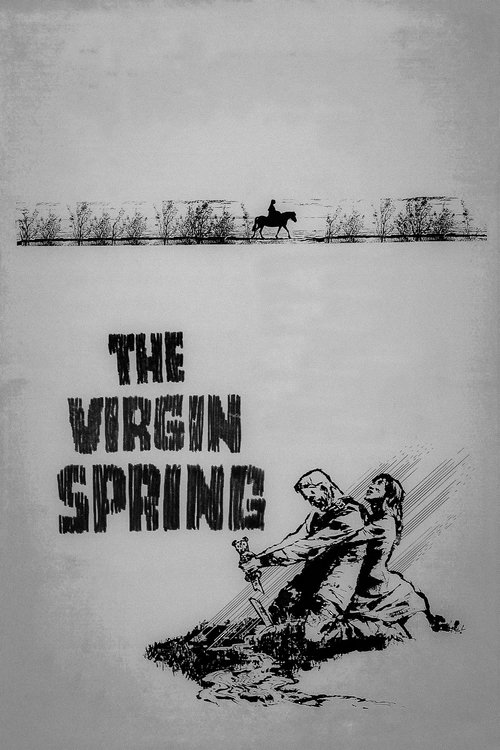
The Virgin Spring
(1960)
A father's revenge for his daughter's murder explores faith and violence
Streaming on Criterion Channel

Autumn Sonata
(1978)
A mother-daughter confrontation featuring Ingrid Bergman
Streaming on Criterion Channel
